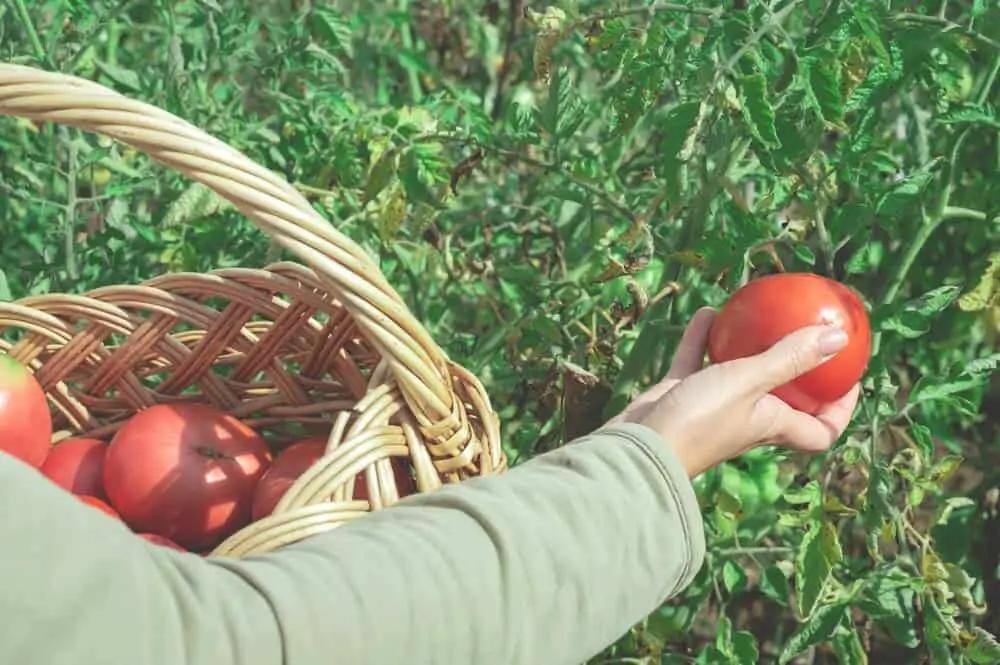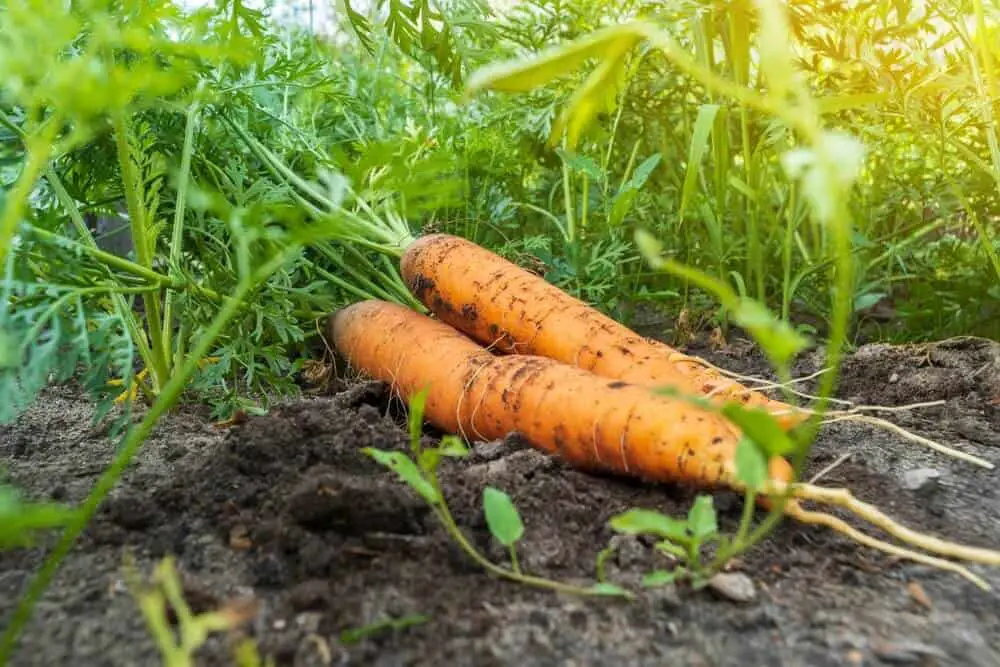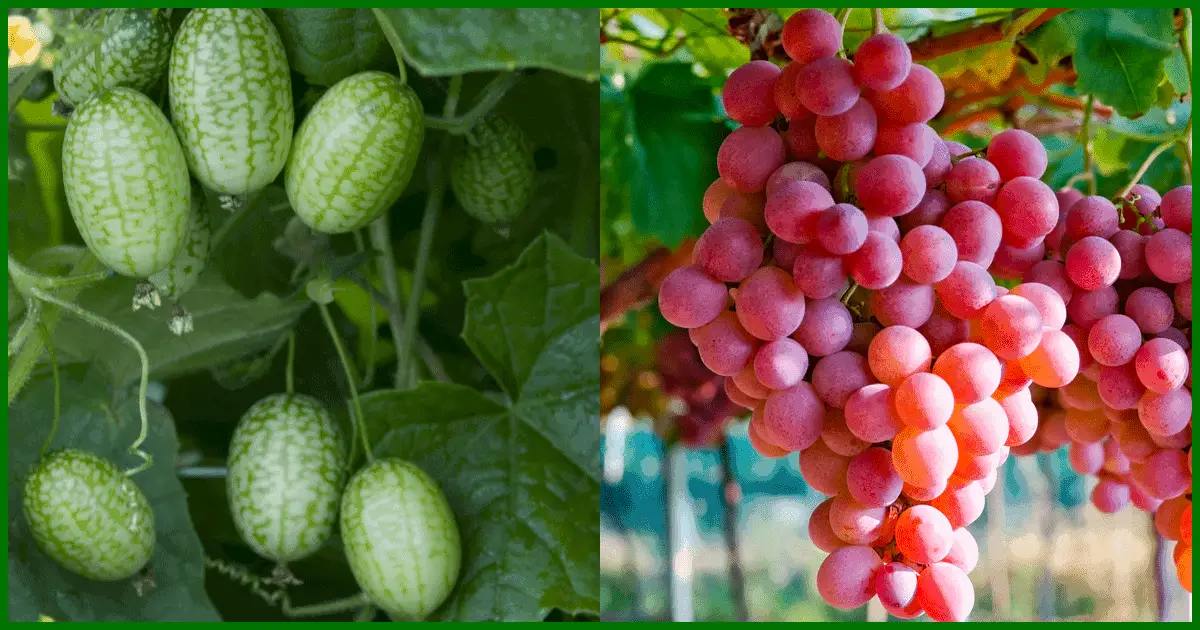One of the juiciest and most refreshing vegetables in the world, cucumbers are made up of around 95% water and contain just 16 calories apiece.
With the perfect balance of crunch and sweetness, they make a colorful and delicious addition to salads and sandwiches, as well as pickles, soups, and thirst-quenching summer drinks.
Cucumbers do best in warm, humid conditions but will also thrive in drier environments and grow well in most parts of the United States from zones 4 through 11.
As well as being super-delicious, cucumbers are easy to grow and care for and produce high yields.
So, are you ready to grow?
What cucumbers should I choose?
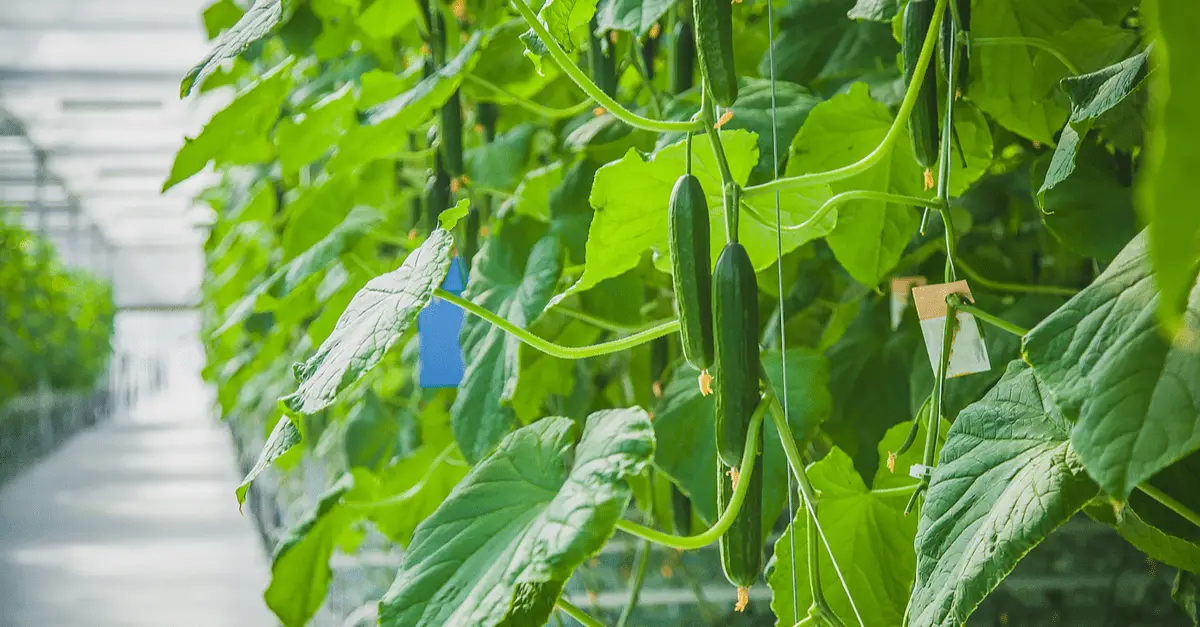
The cucumber variety you choose will depend on whether you want to eat them fresh or use them for pickling.
There are two main types of cucumber; the types you eat in salads are longer, around 6-8 inches or more, while pickling varieties are shorter, measuring in at around 3-4 inches.
Like tomatoes, you can buy vining or bush cucumbers.
Vine varieties will need plenty of space to grow and a trellis or support for the vines to climb along.
If you’re short on space, compact, bush cucumbers are perfect for container growing and shouldn’t need any support.
Some cool cucumber varieties to grow for slicing include Diva (vining), Straight Eight (vining), and Salad Bush (compact).
Reliable pickling cucumber varieties include Bush Pickle (compact), Homemade Pickles (compact), and National Pickling (vining).
How to grow cucumbers from seed
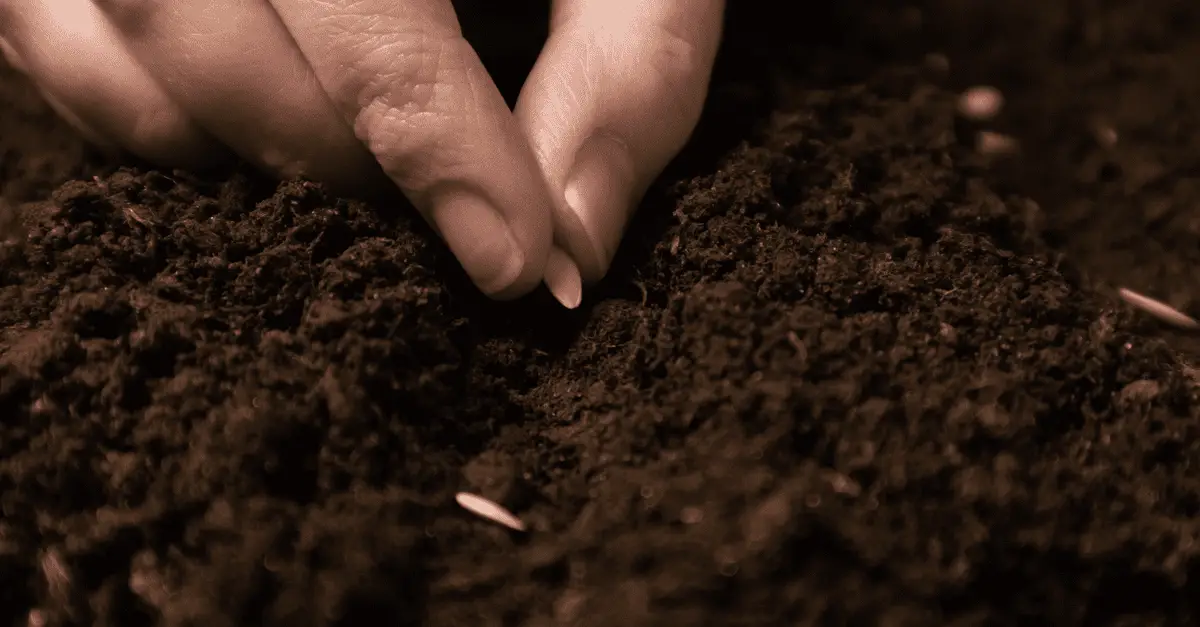
Depending on the variety you’re growing, you can sow cucumber seeds indoors or out.
If sowing seeds directly into the ground outdoors, you’ll need to wait until May (check the instructions on the seed packet).
You can grow cucumbers undercover in a greenhouse or choose a warm, sheltered spot in your growing patch.
- Fill several small pots with seed starter mix.
- Place the cucumber seeds on their sides, ¾ inch deep in the soil, and firm gently. Add a little water and place the pots in a warm spot or into a propagator, they’ll need to be kept warm at around 70°F.
- When the seedlings are large enough, place them into larger pots filled with rich, organic compost.
- If you’re sowing your cucumber seeds directly into the ground, cover the young plants with a cloche or horticultural fleece for protection.
Planting out
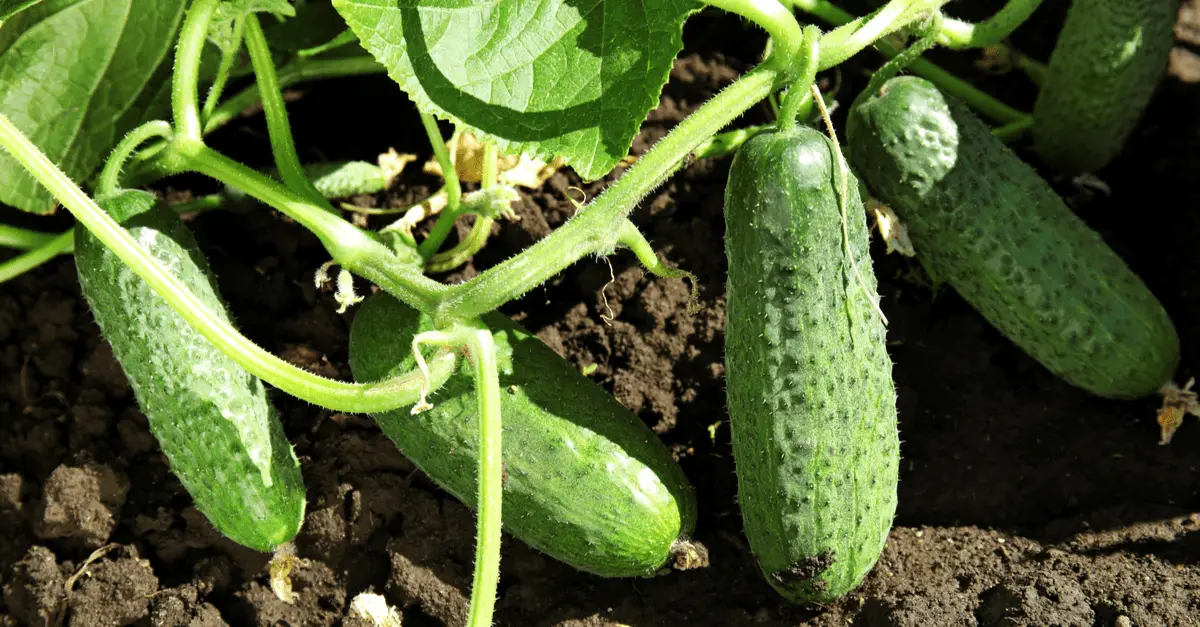
If you’re moving your cucumber plants outside, remember to harden them off over a week by moving them outside during the day, and bringing them in again at night.
You can transfer your young cucumbers to grow bags or plant them in well-prepared beds with plenty of loose, fertile soil.
Dig some well-rotted manure into the spot your cucumber plants will go into.
If your cucumber is a vining variety pinch out the main growing tip when the young plant has at least 6 leaves. This will encourage the growth of side shoots.
You can leave your cucumbers to ramble across the floor if you wish, or you can train them up netting, fencing, a wall, or a trellis.
The main advantage of training your cucumber vine is that it keeps the fruits off the ground (it looks tidier too!)
How to care for cucumbers
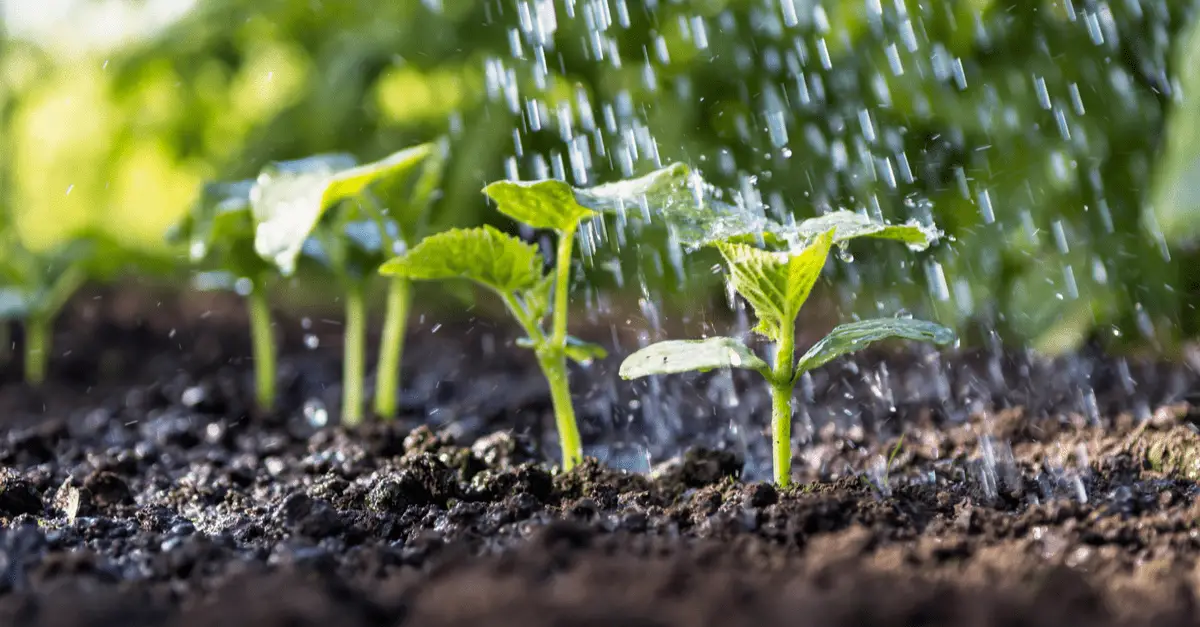
As long as they have sunshine and plenty of water, your cucumber plants should do just fine.
Cucumbers need to be kept moist but not waterlogged, so the key is to water them little and often.
These plants grow fast so give them a boost with a bi-weekly, water-soluble plant feed.
Container-grown cucumbers will dry out more quickly than those planted in the ground so be sure to check the soil regularly and adjust your watering schedule as needed.
When to harvest cucumbers
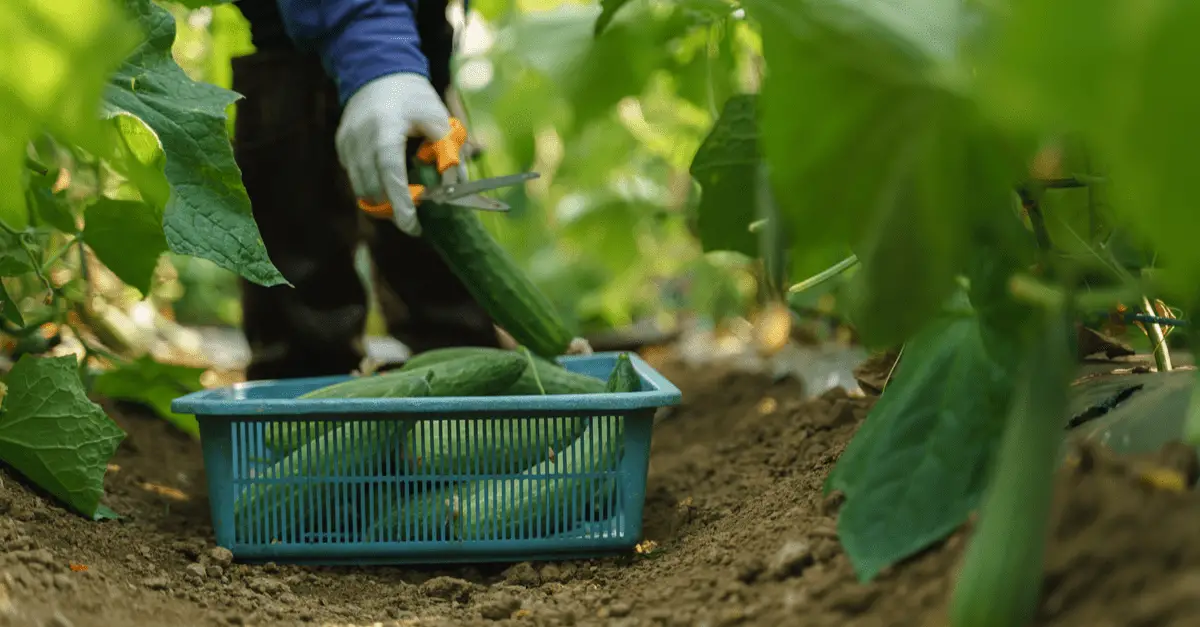
Cucumbers are speedy growers and it takes just 10-12 days for a fertilized cucumber flower to produce fruit.
Cucumbers grow from the female flowers, and you can spot the tiny cucumbers inside when the blooms open.
The size of the cucumbers will vary depending on the variety.
As a general rule, ready-to-pick cucumbers will be firm, green all over, and have a slightly rounded end. They shouldn’t be yellow; this indicates that the fruit is overripe.
Cut the ripe cucumber off the plant with a sharp knife. The more you pick, the more will grow so regular harvesting is important for a bumper crop.
Common cucumber problems
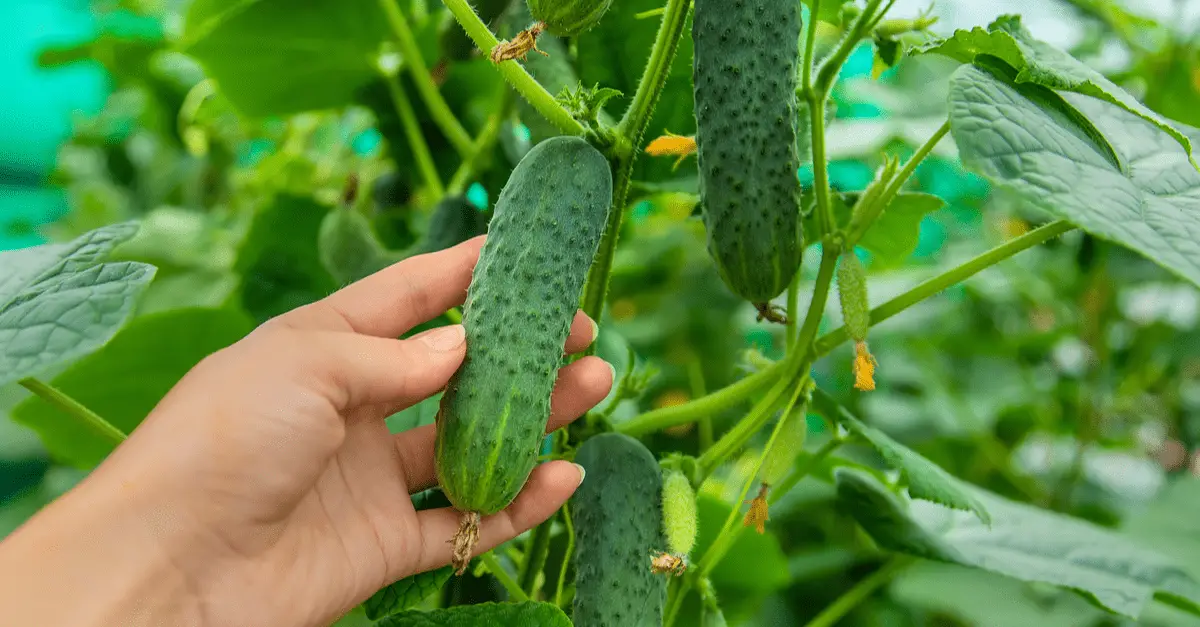
Cucumbers do best in warm, humid conditions; unfortunately, this is also the favored environment for fungus.
If you notice discolored spots on the leaves of your cucumber, remove them before the fungus can take hold.
You can try making your own natural fungicide with baking soda and vinegar and thoroughly spritzing the leaves at the first sign of infection.
Cucumber beetles are another common pest. These striped and spotted bugs will munch holes in cucumber leaves and they’re also capable of spreading disease.
If these pests are a problem, cover your crops with netting.
You can also try to increase the number of predatory insects and birds that visit your backyard in the hope that nature’s army will take out the unwanted snackers.
Many varieties of cucumber are resistant to cucumber beetles, powdery mildew, and bacterial wilt so it’s worth doing some research before you choose your seeds.
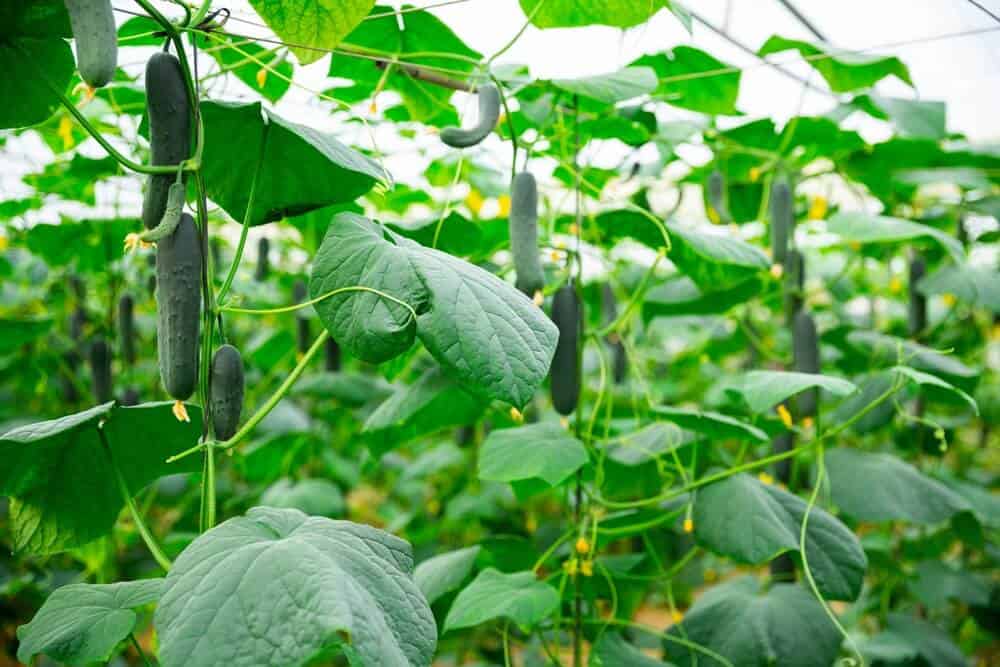
![How To Grow Cucumbers Vertically [Space Saving Tips] How To Grow Cucumbers Vertically [Space Saving Tips]](https://gardentroop.com/wp-content/uploads/2022/11/vertical-cucumber-greenhouse-150x150.jpg)
